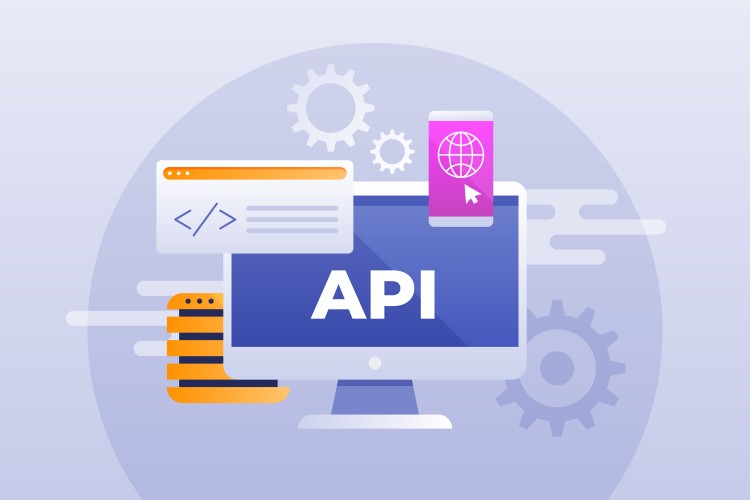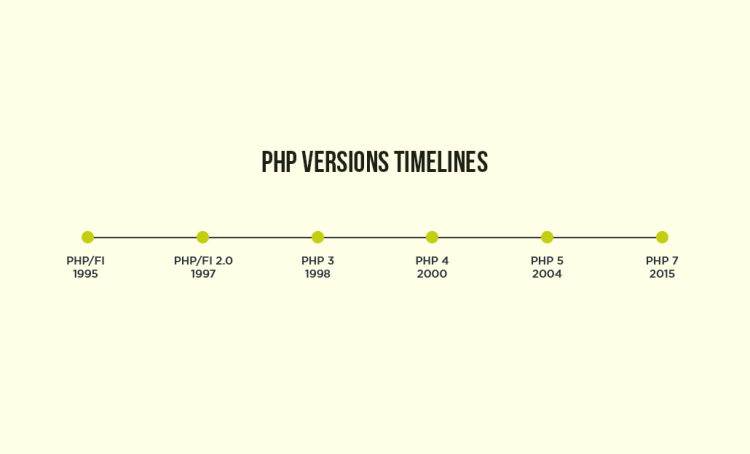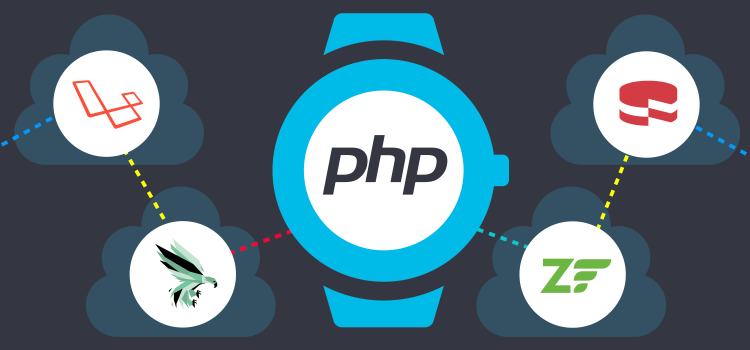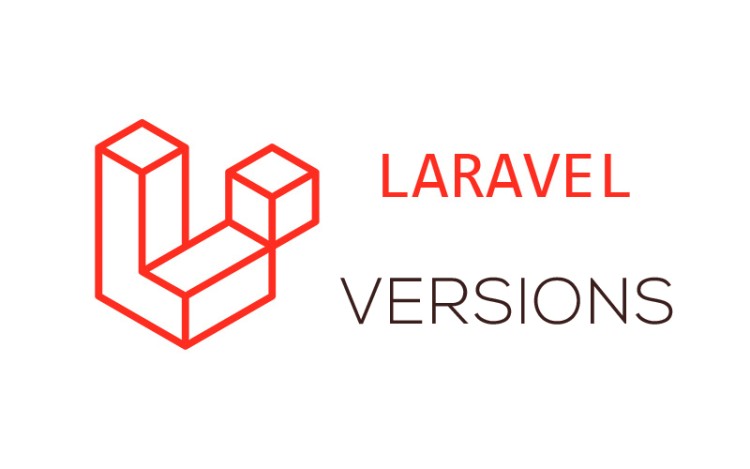Understanding API and REST API Fundamentals: A Comprehensive Guide

In today's digital world, the seamless integration of various applications and services is crucial for efficient communication and collaboration. Application Programming Interfaces (APIs) play a pivotal role in enabling this connectivity. APIs allow different software systems to interact and share data, facilitating the development of innovative applications and enhancing overall user experience. Among the various types of APIs, REST API has gained significant popularity due to its simplicity and flexibility. In this blog post, we will dive into the fundamentals of APIs and explore the intricacies of REST API.
What is an API?
An API is a set of rules and protocols that allows different software applications to communicate and exchange data with each other. It serves as an intermediary between the client (the user's device or application) and the server (the provider of the data or functionality). The key advantage of an API is that it allows applications to interact without needing to know the inner workings of each other, enabling seamless communication across different technologies and platforms.
Why Do We Need APIs?
APIs are essential for several reasons:
They streamline resource and information sharing between applications.
They enable control over access to data and functionality, using authentication and authorization mechanisms.
They provide a consistent and standardized communication protocol between services, even if they use different underlying technologies.
They allow developers to focus on building their applications without worrying about the intricacies of other software components.
What is REST API?
Representational State Transfer (REST) is an architectural style for designing networked applications. REST APIs leverage the HTTP protocol to enable communication between clients and servers, sending and receiving data in a structured format such as JSON or XML. RESTful APIs are stateless, meaning that each request from the client must contain all the necessary information for the server to process it.
Principles of REST API
There are six guiding principles of REST, laid down by Dr. Roy Fielding, who defined the REST API design in 2000:
Stateless
Each request sent from a client to a server must contain all the required information for the server to understand and process the request. This information can be part of the URL, query-string parameters, body, or headers.
Client-Server
The client-server architecture enables a uniform interface and separates clients from servers, enhancing portability across multiple platforms and scalability of server components.
Uniform Interface
To achieve uniformity across the application, REST has the following four interface constraints:
Resource identification
Resource manipulation using representations
Self-descriptive messages
Hypermedia as the engine of application state
Cacheable
Cacheable applications improve performance by allowing the client to store and reuse response data for equivalent requests in the future. Responses can be labeled as cacheable or non-cacheable, either implicitly or explicitly.
Layered System
A layered system architecture improves stability by limiting component behavior. This architecture enhances security, as components in each layer cannot interact beyond the next immediate layer they are in. It also enables load balancing and provides shared caches for promoting scalability.
Code on Demand
This is an optional constraint, used least frequently. It allows client code or applets to be downloaded and used within the application, simplifying the client by creating a smart application that doesn't rely on its own code structure.
Methods of REST API
REST API methods enable Create, Read, Update, and Delete (CRUD) operations using standard HTTP methods:
GET: Used to retrieve a representation of a resource or a collection of resources. It should be safe and idempotent, meaning multiple GET requests to the same resource will not have any side effects.
POST: Used to create a new resource. It submits data to be processed by the server, typically resulting in the creation of a new resource. It is not idempotent, meaning multiple identical POST requests may result in multiple resources being created.
PUT: Used to update or replace an existing resource with the provided representation. It is idempotent, meaning multiple identical PUT requests will have the same effect as a single request.
PATCH: Used to partially update an existing resource. It applies modifications to the resource without requiring the client to send the complete representation. It is typically used for making partial updates to resource properties.
DELETE: Used to delete a specified resource. It removes the resource from the server.
In addition to these standard methods, there are also some other methods that are less commonly used but still part of the HTTP specification:
OPTIONS: Used to retrieve the HTTP methods that the server supports for a specified resource.
HEAD: Similar to a GET request, but it only retrieves the headers of the response, without the actual content. It is often used to check the status or metadata of a resource without transferring the entire body.
These methods provide the basic building blocks for interacting with resources in a RESTful manner. By using these methods appropriately, you can design APIs that follow the principles of REST and provide a consistent and predictable interface for clients to interact with your application.
Creating a REST API
GET: Used to retrieve a representation of a resource or a collection of resources. It should be safe and idempotent, meaning multiple GET requests to the same resource will not have any side effects.
POST: Used to create a new resource. It submits data to be processed by the server, typically resulting in the creation of a new resource. It is not idempotent, meaning multiple identical POST requests may result in multiple resources being created.
PUT: Used to update or replace an existing resource with the provided representation. It is idempotent, meaning multiple identical PUT requests will have the same effect as a single request.
PATCH: Used to partially update an existing resource. It applies modifications to the resource without requiring the client to send the complete representation. It is typically used for making partial updates to resource properties.
DELETE: Used to delete a specified resource. It removes the resource from the server.
OPTIONS: Used to retrieve the HTTP methods that the server supports for a specified resource.
HEAD: Similar to a GET request, but it only retrieves the headers of the response, without the actual content. It is often used to check the status or metadata of a resource without transferring the entire body.
To create a REST API, you'll need a server-side language (such as Node.js or PHP) and a framework (such as Express.js). You'll also need to understand how to handle HTTP requests and responses, as well as how to interact with databases and other data storage systems.
Here's a high-level overview of the process of creating a REST API:
Design the API, defining resources, endpoints, and methods.
Set up the server and configure routes for each endpoint.
Implement the functionality for each endpoint, including database interactions and error handling.
Test the API using tools like Postman or curl to ensure it works as expected.
Secure the API using authentication and authorization mechanisms.
Monitor and maintain the API, addressing any issues or updates as needed.
REST API Design Considerations
When designing a REST API, keep the following best practices in mind:
Use plural nouns and not verbs for endpoints (e.g., /fruits instead of /getFruits).
Ensure GET methods and their query parameters do not alter the state of the resource.
Use sub-resources for relations (e.g., /users/1004/blogs to fetch all blogs of a specific user).
Handle errors with appropriate HTTP status codes.
Provide pagination, sorting, and filtering options for large data sets.
API Security: Authentication and Authorization
API security is crucial to protect sensitive data and functionality. There are two primary aspects to consider:
Authentication
Authentication verifies the identity of the client trying to access the API. This can be done through various methods, such as username and password combinations or security tokens (e.g., API keys).
Authorization
Authorization determines which actions a client is allowed to perform (e.g., read, write, or delete data). This is typically implemented using access control mechanisms, such as role-based access control (RBAC) or OAuth.
API Patterns and Alternatives to REST
REST is not the only API pattern available. Other patterns, such as SOAP (Simple Object Access Protocol) and GraphQL, offer different capabilities and advantages. It's essential to understand the requirements of your application and choose the most suitable API pattern accordingly.
Conclusion
Understanding API fundamentals, particularly REST APIs, is crucial for modern software development. RESTful APIs enable scalable, interactive applications by facilitating efficient communication between clients and servers. With this comprehensive guide, you now have a solid foundation in REST API principles, best practices, and security considerations. As you continue to explore the world of APIs, you'll find that they are powerful tools for building feature-rich, interconnected applications that cater to the needs of today's users.










